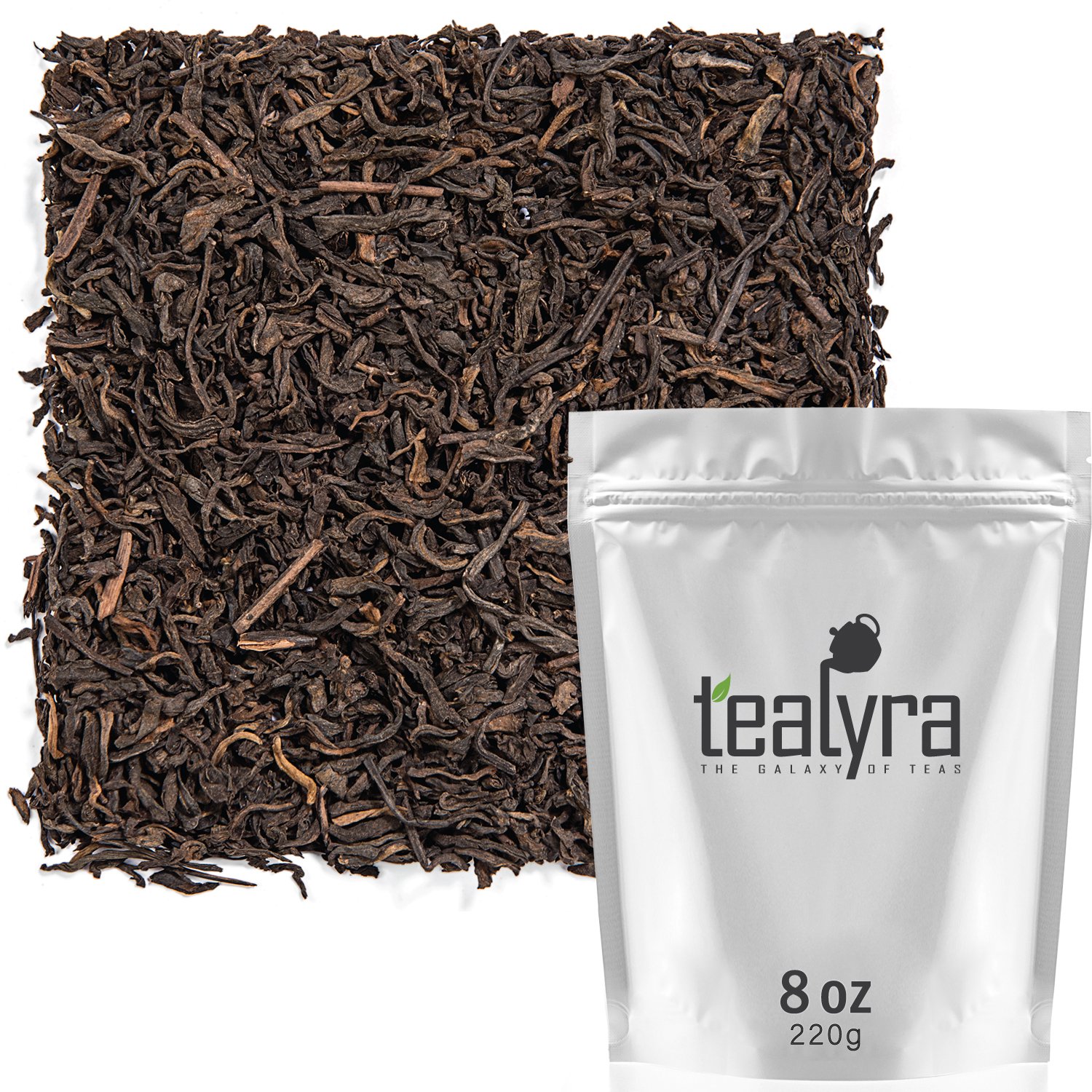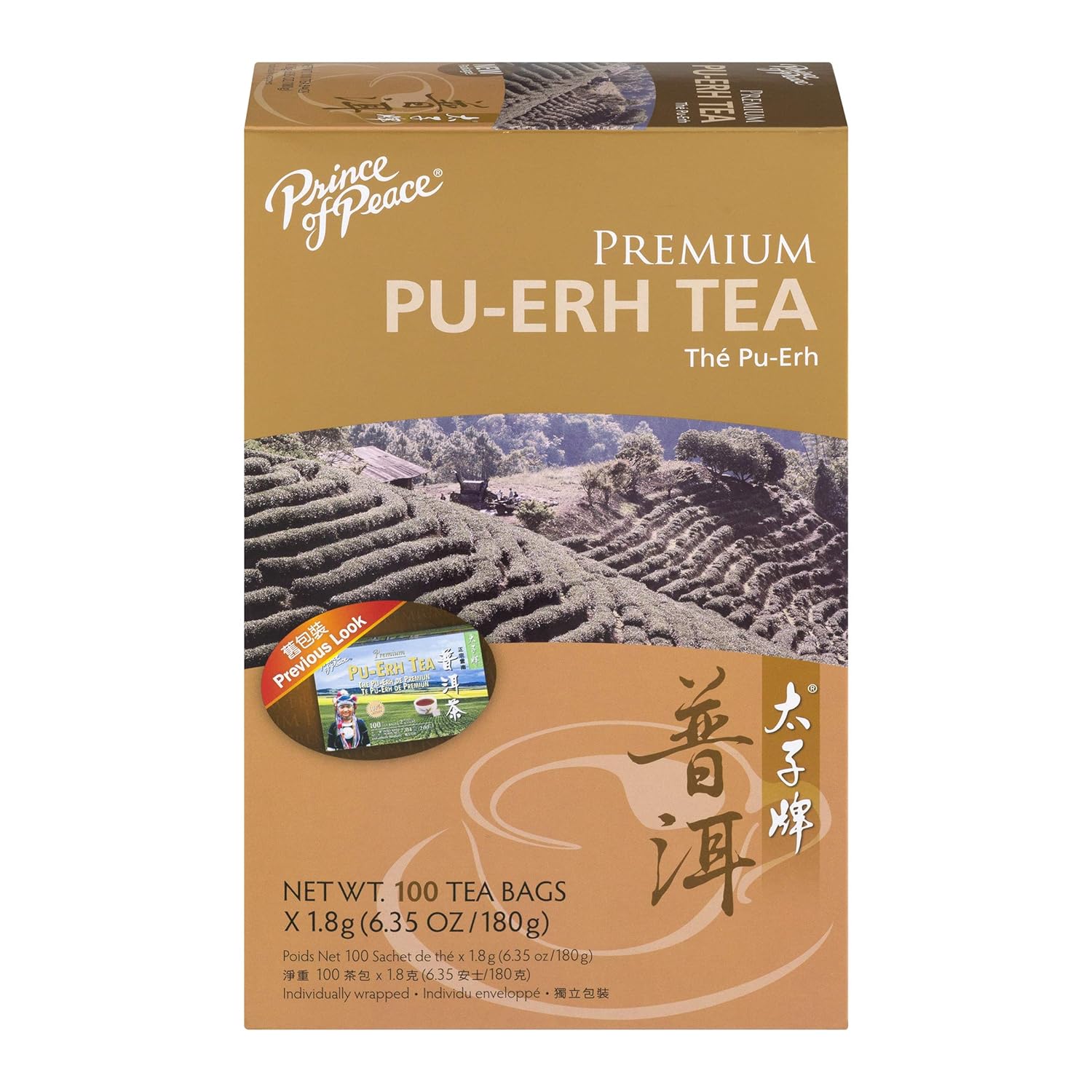
Pu-erh tea is a fantastic kind of fermented tea that is produced in China. It is prepared from the leaves of a tree called the “wild old tree,” that develops in the region. It is different from other fermented tea because the leaves themselves are fermented instead of brewed.
Table of Contents
What is Pu Erh Tea?
Pu-erh tea is called “black tea” which comes from the Yunnan province of China. It is not the black tea (English breakfast or Earl Grey) in the Western world. The tea is post-fermented and goes through a microbial fermentation procedure after they have been dried or rolled. It leads the leaves to darken and alter its taste.
This process permits the tea to promote with age like a fine wine and retain its freshness for up to forty years! Pu-erh tea can be available in compressed brick form and prepared from both green and black tea leaves.

The tea is produced from a more considerable leaf strain of Camellia Sinensis known as Dayeh. These trees are typically grown in temperate regions, or though they can be harvested year-round, the ideal time of harvesting is in mid-spring. Different conditions or environmental factors can influence the texture or flavor profile of this tea.
How is it made?
Pu-erh tea’s processing is divided into two primary phases; Post-fermentation; after the tea has first finished its initial processing, it then passes a fermentation procedure, either naturally or through artificial means.
The tea manufacturers use manual fermentation, a procedure named “wo-dui” to ferment the loose raw Pu-erh leaves. According to some experts, the microorganisms in black Pu-erh oxidize polyphenols more effectively than other black teas’ enzymatic oxidation and produce fermentation-derived compounds known as statins.
Most “wo-dui” processing needs one to several tea leaves. The dry leaves are collected on the floor and washed with water until the leaves are wet. This pile is then covered with a cloth, and the fermentation procedure starts with the tea leaves undergoing microbial activity. It leads to the temperature of the tea pile to rise.
When the pile heats up to a particular temperature, the pile is changed manually to divide the leaves’ temperature evenly. This process is repeated multiple times throughout the fermentation procedure until the pile reaches an adequate degree of fermentation.
Finally, the pile is transferred to another room to dry completely. When the process is completed, the ripe Pu-erh leaves are sold as loose leaf tea.
The modern fermentation process is worked with adequate ventilation or drainage designs.
What Does Pu Erh Tea Taste Like?
Pu-erh tea can be sweet, floral, bitter, mellow, sour, earthy, watery, or even tasteless. A combination of tastes appears in one steeping. The fermentation process has a unique aromatic or “funky” flavor; however, it is mixed with other flavors like sweetness, bitterness, or earthiness. Remember that the taste also varies as the tea ages.
How much caffeine in pu erh tea?
As Pu erh tea can be made from black tea or from green tea. Thus the caffeine content will vary depend on the type of tea use.
Caffeine content of Black Pu erh tea is about 20 mg per 100 gram which caffeine content of Green Pu erh tea is 8 mg per 100 gram.
Health benefits
There are plenty of health benefits from Pu-erh tea, and some of them are mentioned below;
- Lose Weight
Pu-erh tea is know for weight loss. If you regularly drink this tea, the levels of cholesterol or glycerol inside your body will reduce, lowering the risk of obesity, high blood pressure, or arteriosclerosis.
A healthy and fit body can also control your racing heart and reduce the risk of cerebral hemorrhage or other medical diseases due to overweight.
- Protect Stomach
A hot cup of Pu’er tea inadequate amount will produce a protective layer to your intestine and stomach to maintain its condition if you take it regularly.
- Anti-inflammation
According to recent research-based studies, the rich amount of tea polyphenol in Yunnan tea can fight against bacteria if you can drink it more than two times a day, the risk of dysentery because bacteria can be minimized.
- Resist Aging
Catechins in Pu-erh tea impact slowing down the natural process of aging, particularly aged Pu Erh tea that consists of more nutrient substance than the newly prepared. This unique tea is a home remedy for acne and bad breath because of constipation. Drinking it regularly can make you look younger and fresh.
- Get Rid of Tiredness
Pu Erh tea caffeine may boost your central nervous system and keeps you fresh for maximum hours. It drives away tiredness after extensive work.
What are the Side Effects of Pu Erh Tea?
The majority of side effects are because of the caffeine content of this tea. Common side effects are:
- Insomnia
- Nausea
- Shaking
- Abnormal heart’s rhythm
- Dehydration
- Excessive urine
- Diarrhea
- Digestive problems
How to Brew Pu-Erh Tea at Home
- Using the Pu-erh Cake Prying Pick to break the pu erh tea cake and just collect about 1 tea spoon of the tea leaves
- Rinse the ceramic tea pot with the hot water, then place tea leaves inside.
- Pour small amount of boiling water to the tea pot and quickly rinse the tea leaves. This step will help to quickly eliminate some dirt accumulated during fermentation.
- Fill the tea pot with boiling water and let it sit for 5 to 6 minutes
- Use the strainer to pour the tea to the tea cup and enjoy!
Pu-Erh Tea Brands and Where to buy
If you are in the States, you can buy both brick or pu erh tea bag on Amazon.
Here are some good Pu Erh Tea Brands that you can choose from:
| Image | Product Name | Details |
|---|---|---|
 |
Numi Organic Tea Aged Pu-erh | Check Price |
 |
Tealyra Ripe Pu’erh Tea | Check Price |
 |
Prince of Peace Premium Pu-Erh Tea | Check Price |

… [Trackback]
[…] There you will find 82344 additional Info to that Topic: kitucafe.com/pu-erh-tea-health-benefits/ […]